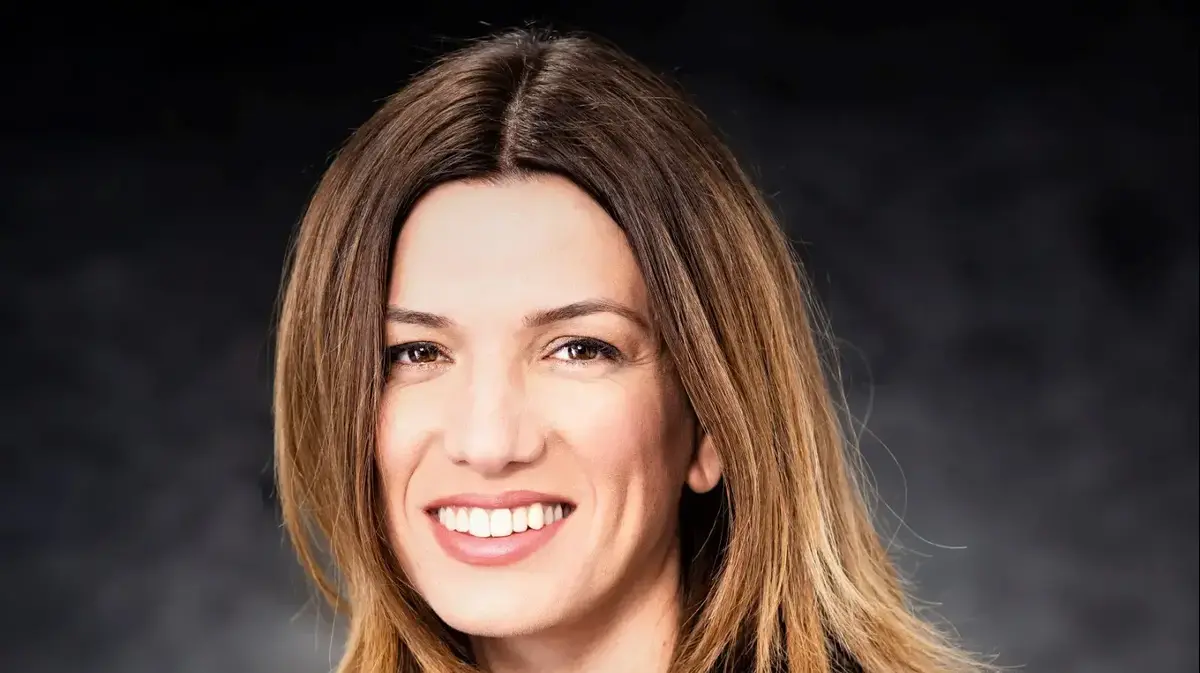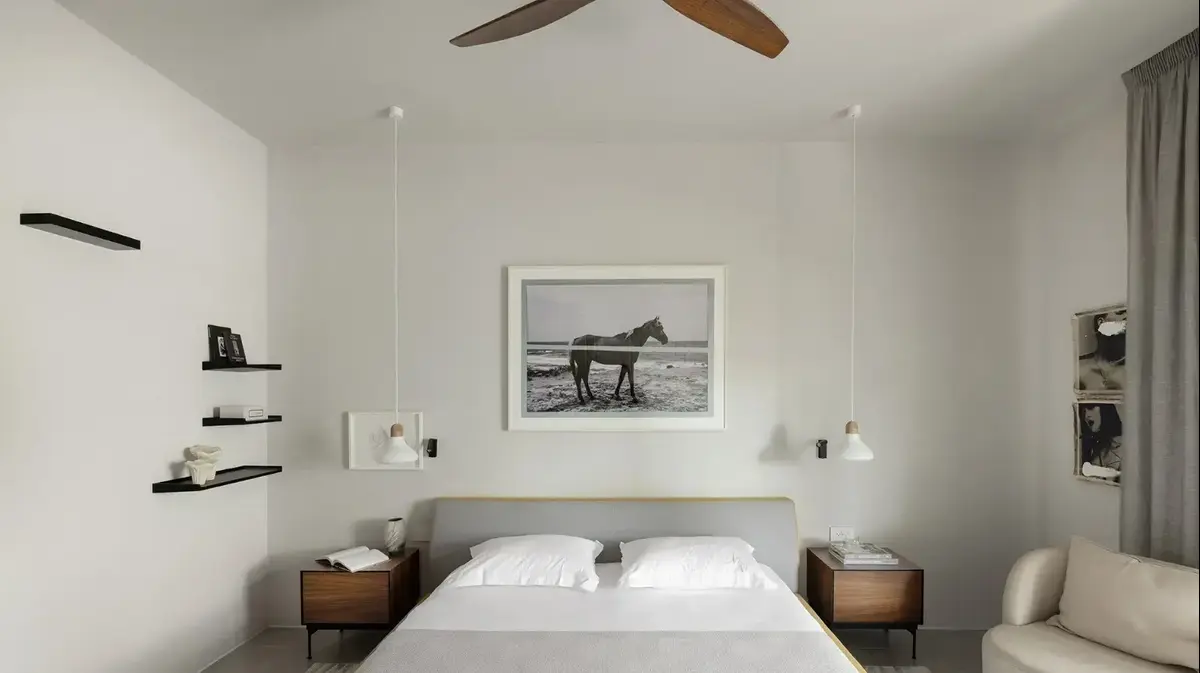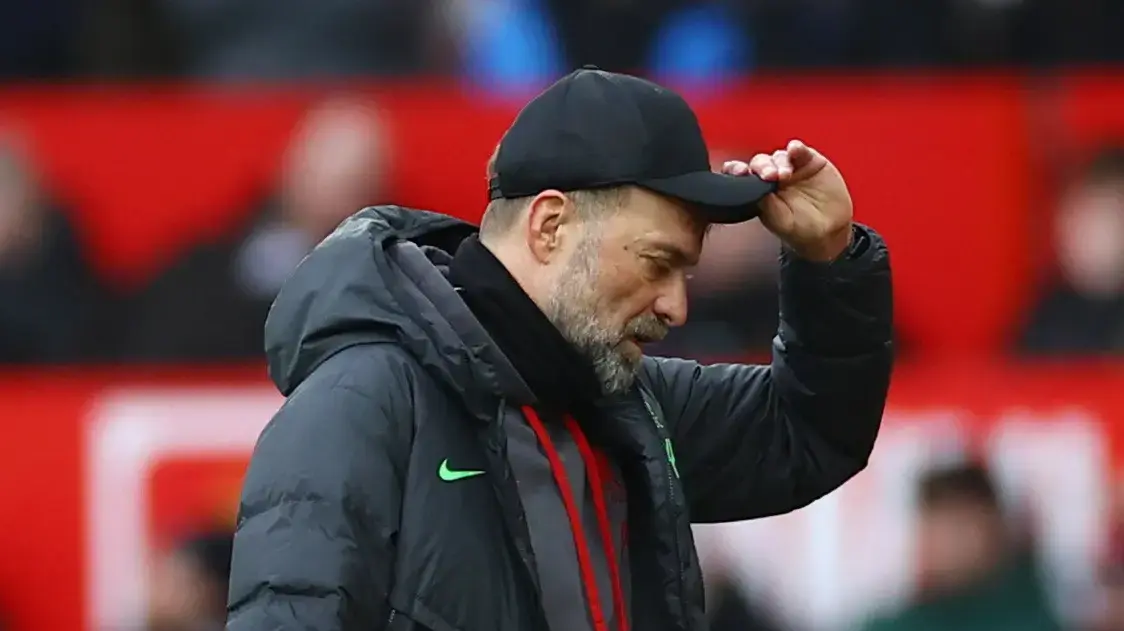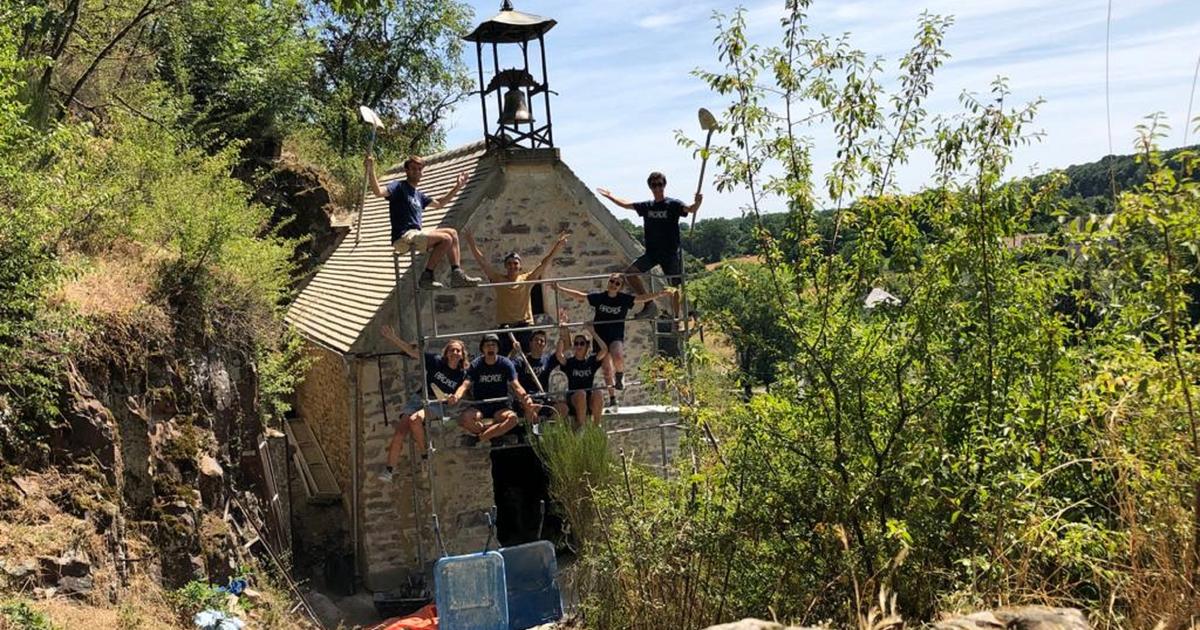Carlos O. Antognazzi
07/02/2021 22:00
Clarín.com
Society
Updated 07/02/2021 22:00
In 2020 in Santa Fe they locked us up at the same time as in Buenos Aires, three months earlier than was due, when there were no Covid 19 infections here. Only Luisina, my wife, left, who because she is health personnel has authorization to circulate.
But our daughter, Zoe, and I, we saw the world from the windows or the balcony.
There we had breakfast in the warm mornings, we had lunch, we read.
We didn't want to lose the sun and vitamin D.
I kept reading
Everything you never knew you could achieve
Society
2020 was marked by confinement and forced coexistence, without classes, without respecting meal and sleep schedules because we were experiencing an anomaly that detracted us.
In 2021, with greater freedoms, the outputs changed.
They are lived with an unsuspected urgency before the pandemic, but we drag the problems of a hasty and not very useful confinement
.
The claims are not only for money or work, but to recover the hugs, that normality that we warn diluted.
As on other occasions, I tell Zoe that it is the adventure that we have to live.
I imagine that at 13 years old you already perceive the concern that underlies those words.
This is how the old table looked that the Antognazzi decided to change.
This summer and autumn we leave the balcony because we take advantage of the sun by walking. Or, in my case, riding my bike through the countryside. But the wear and tear of uncertainty (it was only in June 2021 that I was given the first dose of AstraZeneca), anguish about the future and unease led us to some rethinking. Without realizing it at first, we were undergoing stress caused by abulias or nervousness, random antagonisms that surpassed us, arguments over nonsense. Zoe missed her grandmother and uncles, her friends. We found that virtual classes emphasize distancing, not correct it. I have lost nine kilos since December, eating less and doing more physical activity (with a friend we managed to exceed 100 km of bicycle in each outing, and on the days that I did not go out I did walks of 6 km;Luisina and Zoe accompanied me on many of them — she doing half the journey—). But it did not always reach the discharge of physical effort. We lived on the defensive. And we couldn't go trekking to Córdoba, something we really enjoyed.
My family does not escape the common of families;
we have advantages and disadvantages over others.
But the important thing is what each family can do with the options they have.
I know that every experience is non-transferable;
but an experience, hopefully, can contribute something.
That is why I do not put my family as an example;
I limit myself to sharing a life experience.
One day Luisina suggested that we could rearrange some furniture and sell others.
We joke with Zoe: "Better to move, because everything that is still can be sold."
Luisina was offering dishes that we inherited from my grandparents, chairs ... And it was successful: we soon saw how the spaces were lightened.
That led us, almost as a logical consequence, to the topic of the table.
Zoe and Carlos Antognazzi, father and daughter, at work.
It seems somewhat bland: a table is a table.
But it can also be something else.
The table we have been using is one with spout legs that we made twenty years ago, with a wooden top that we waxed, following the pregnancies of the carob furniture that we had.
In the meetings it was small, we had to add another plastic table.
Luisina then said the magic words: «What if we change it?».
But “changing it” did not mean, stricto sensu, replacing it entirely with another, but modifying it: if we expanded the structure we could incorporate a larger lid.
I made the sketch.
Having completed four years of Architecture helped.
In addition, design goes hand in hand with words and photography.
They are expressions that do not differ so much.
The project lifted our spirits. Suddenly we had a common goal that went beyond Zoe's or Luisina's virtual classes, my literary workshop classes, cycling or walking or taking photos. Now there was something closer. We knew that the pandemic was going to pass and that life would go on. The health protocols help for the situation, the now, but the spirit is sustained with hope. In our case, secular hope, based on the decision and will as a family, not on the religious. We had to make plans for that life to come. We had to think about the day after, not restrict ourselves to now.
It is surprising how they energize ideas like this, apparently banal. The context helps, but it is also about manual work. He mobilized us to the point that in addition to the dining room table we made another for the television. We also decided to renew colors and textures. The structures, painted with a matt green synthetic forging finish, would turn a smooth glossy black. And we would treat the woods with lacquer, not wax.
The brightness would bring more light to the environment. We would incorporate that sun so long elusive
from the outside into our lives indoors. It was an allegory, but also a strategy. We take it as a game, somewhat foolish with the Covid outside, but necessary to balance ourselves inside.
Zoe joined the project with enthusiasm.
He also knows, as I do, that when his mother crosses something to him, he does everything he can to fulfill it.
The movement started was transformative.
And it made it possible to counteract, in part, the cruel entropy of the pandemic.
Working with the hands improves mood, frees the mind from other issues and focuses on something closer and more practical.
All the effort is applied in something that will be useful for the family.
We lack tools to cut or weld the pipes, or to saw the boards and glue them with tongue-and-groove tabs, but we can choose the materials, make the designs and paint.
And drill and screw.
I know that if we had other tools we would do much more.
But the pleasure of contributing to change is already an achievement.
The table we used was a 1.70 by 0.87 meter virapitá top. To expand it to 2.30 by one wide, which is the maximum we could extend given the available space, the structure of pipes had to be enlarged: 70 centimeters long and 20 wide. The lid would have just a 5-centimeter overhang on each side; that would allow greater separation between the legs, and therefore more chairs between them.
We began to visit logging companies. We wanted a harder wood than we had. The ideal was red quebracho, but only one company in Buenos Aires worked it and in addition to the prohibitive cost for us, we had to bring the lid with a freight. So we adjusted the costs and ended up at a local lumber yard, where we ordered a marmelero lid.
The marmelero is a tree of semi-hard to hard wood, with a yellowish tone and isolated veins of tea with milk color.
.
It would take three planks to reach one meter in width.
I bought the same 60 40 pipe for the frame rails and 40 40 for the cross members, and the blacksmith took them along with the frame and sketch to begin cutting and welding.
He was surprised by the assignment, as if it were something improper, selfish.
But when I told him what it meant for us, the wish that everything passes and we can regain life with friends, he agreed with me.
He also missed "those gathered in the workshop."
Meanwhile with Luisina we find out how to treat the wood.
Nothing should be left to chance.
Three coats of insecticide were required first.
Then a coat of sealer to optimize the surface.
And finally the lacquer, at least four coats.
We chose a water-based lacquer, which is less labor intensive and dries quickly.
On May 13, the eve of my birthday, they told me from the lumberyard that the lid was ready, that if I wanted to, they would bring it to me at that moment because "it is heavy and they already have it in the truck." With Luisina we had prepared a section with some old cardboard on the floor and a bench in the center to support and paint it. It was a beauty: a long grain ran down each of the planks, giving rhythm and movement to the surface. The two inches thick provided a robust aesthetic, like country furniture, those that accompany generations and on whose surface the dreams of the inhabitants of the house are carved. And the color conveyed serenity.
That same night I put on latex gloves, a chinstrap, protective glasses, and I poured some insecticide into a glass bottle to give it the first coat.
The smell was strong, but with the advantage that it applied quickly.
In addition, due to its hardness, the wood did not “suck” as much.
That night we slept happily: we had advanced a step further towards the goal of meeting again through the table
.
The next morning with Luisina we turned it over to apply the insecticide underneath.
This stage took three days.
Then the sealant covered the smell and my eyes and throat stopped irritating.
It was the lacquer's turn.
We had read that between coats the surface was sanded with a fine-grained sandpaper so that the next coat adhered better. Also that a soft, “special” bristle brush was required. But, even if it is water-based, with lacquer it is not painted as with synthetic. The consistency differs, and also the brush begins to become "rubbery" in a short time, with which the lacquer does not run smoothly, the brush strokes are marked and the surface ends up being like a plowed field and not like "molten glass", according to the right image of a friend.
Luisina applied several coats of lacquer and her criteria on how to use the brush: not to come and go as when painting with synthetic or the wall, where crossed hands are used, but only to go, always in favor of the grain. It also had to leave more body of lacquer on the surface, not "stretch" it so much, so that it covered better and flaws were less noticeable. The bubbles were then removed with sandpaper. When things got complicated, Luisina looked up tutorials on the Internet. We change three brushes until we find the correct one. And we did it: not as professionals, but as enthusiasts.
At the same time we painted the spout structures with black synthetic. Zoe painted a part and then, with acrylic, she painted the frame of a painting that, finally, we could expose by rotating other paintings.
She also wanted to entertain her friends, and she enjoyed the job.
With the TV table we repeated the scheme, adding the spout structure of the legs, which was new. A minimalist, pure, bespoke design.
We live resilience, and we corroborate what we thought at the beginning: a table is not just a table, it is a symbol. It can be a pretext too, but it is still something assertive, that seduces. Like the fireplace, the economic kitchen of yesteryear or the salamander, warming and perfuming the environment. Those simple things that provide support and empathy. The table summons to share a talk, a game, the food.
Through the table we renew ourselves as a family in the material and spiritual.
We change ourselves by changing the place. It may seem exaggerated, or banal, but it was the change we were able to make. And it helped us. As I anticipated, I share an experience, I do not pontificate. Small goals, step by step. Sooner or later the pandemic and its grayness will disappear, but the possibility of transforming ourselves will remain as a choice and a position: we are what we do. And now we feel that we are better prepared for other battles, cohesive in the same adventure.
-------------
Carlos O. Antognazzi was
born in Santa Fe in 1963, and resides in Santo Tomé. Writer and photographer. In his youth he was a swimmer and practiced canoeing. Lover of the outdoors, he enjoys trekking, biking, and hiking. He published 26 books. His latest novel is "Chimerical Principles" (2020). He obtained scholarships from the National Fund for the Arts, the Government of Spain and that of Venezuela (the last two allowed him to travel to those countries). His novel "Mortal Signs" won the Tiflos Prize and was published in Spain. He also won the Ciudad de Huelva prize in tale. Coordinate literary workshops. When he can, he changes the computer for his backpack, and goes camping with Luisina and Zoe.





/cloudfront-eu-central-1.images.arcpublishing.com/prisa/LP3J2SUS4JFCFPGRVUQ2GCCWLI.jpg)



